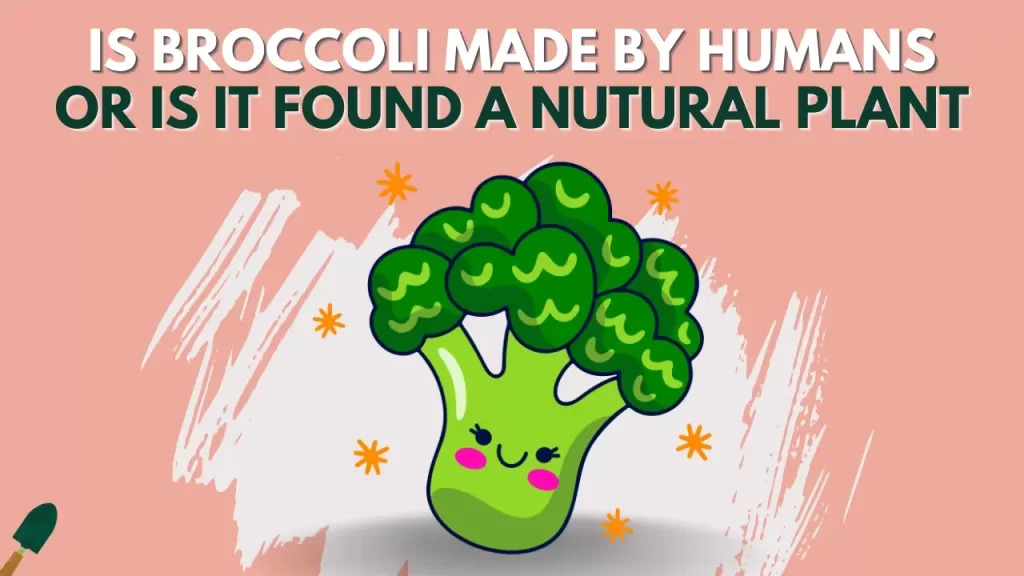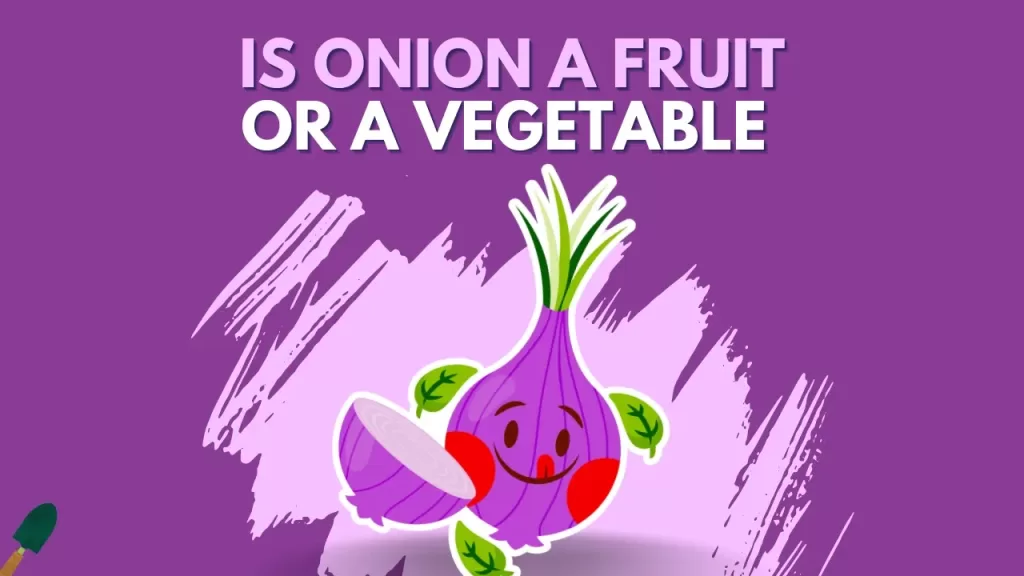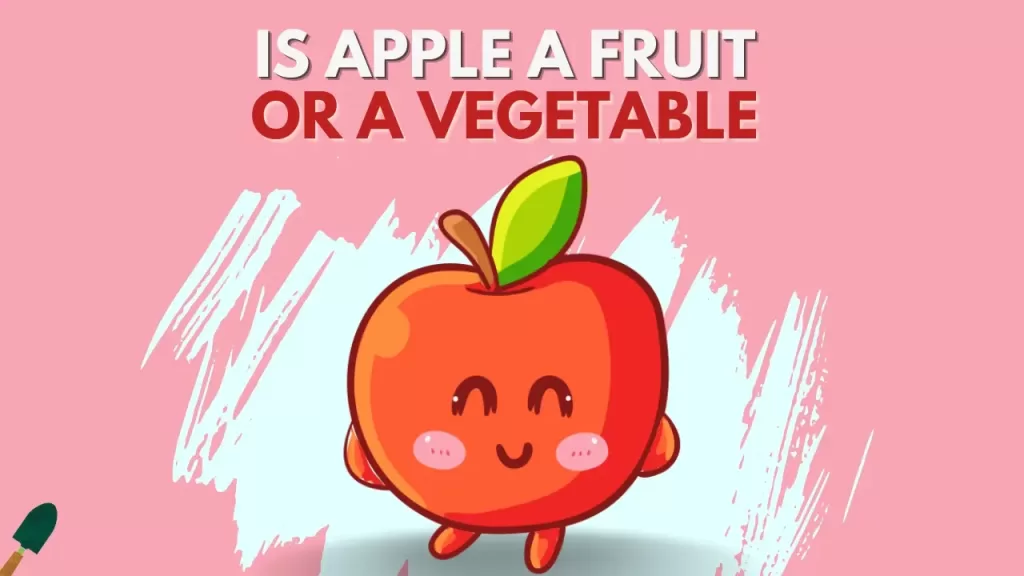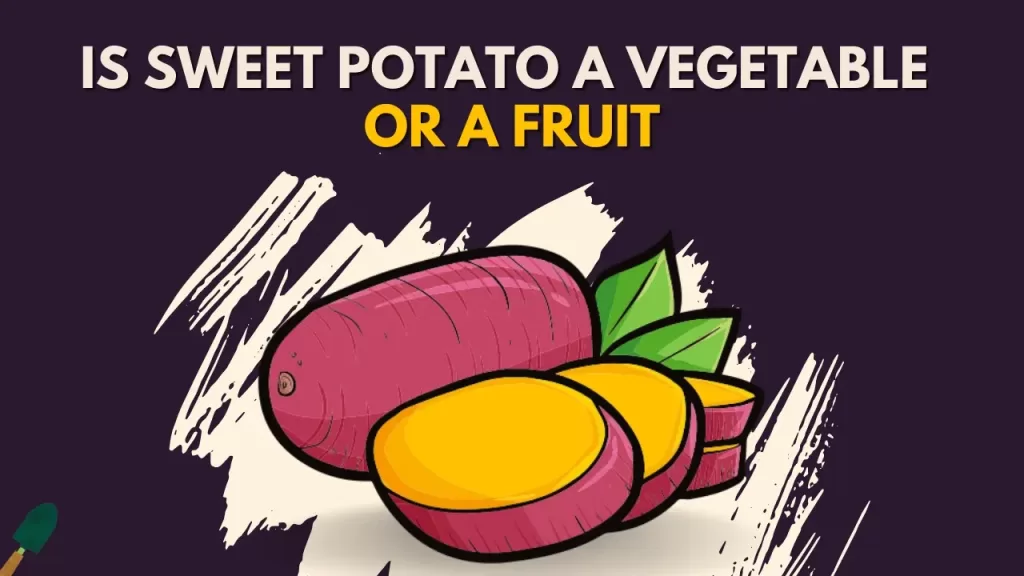Bell pepper, also known as capsicum, is very easy to grow by knowing the proper stages of the growing process and doing it properly. Bell pepper is a warm-season plant.
The growing stage of bell pepper starts from seeding which then germinates and gets ready for the transplant. The transplant then gets transferred to the garden when the soil is warm then the growing starts. After 25-30 days, flowers start to appear which pollinate and bear fruits of different colors. The fruits ripen and fall from the plant. After this, the plant dies in the first frost of winter.
Now you know about the growing stages of bell pepper briefly. Let’s discuss this in detail so that you can grow this properly in your garden.
What are Bell peppers?
Bell pepper is a fruit in the species of capsicum annuum. Bell pepper grows in many colors like green, yellow, red, orange, white, and purple. It contains seeds and grows 3-4 inches in length. Botanically it is a fruit as it grows from a flower and has seeds but from a culinary perspective, it is considered a vegetable because of its uses. Growing bell pepper yourself is very easy but you just need to take care of the right temperature and proper planting of the seed.
Growth stages of Bell pepper
- Seeding – the first step of the growth stages of a pepper plant is to plant the seed. Planting the seed is done in two ways. The first is indoors which is done in the spring before the last frost to give the plant a boost.
The second is to directly sow the seeds into the soil after the threat of frost has gone and the soil is warm. After planting the seeds need to be covered up by the soil so that they are not exposed to colder air as the seeds will rot and die in the cold.
- Germination – the second part of the growth stages is the germination of the seeds and as we know the pepper plant needs a warm temperature to germinate. It takes around 2-3 weeks for the seeds to germinate and can take up to 5 weeks sometimes.
- Sprouting – in the germination process, the seeds will sprout first. You will see tiny white sprouts coming from the seeds within 1-2 weeks. The sprouts will be the sign that you have planted the seeds properly and at the right temperature.
- First true leaves – after 4-5 weeks of planting the seed you will see first leaves appearing from the seeds. These are called first true leaves which are the sign of the growth of the plant.
There will be two small leaves growing from the tip. Give the plant a small amount of fertilizer in this phase to boost the growth and make them ready for the transplant.
- Third true leaves – after the first true leaves there will be another batch of leaves growing from the plant which is called third true leaves this is the sign that the plant is ready for the transplant. Slowly sift the plant to the window to harden it up and ensure that you are not transplanting it suddenly outside.
- Transplant – after the threat of the last frost has gone and the soil is warming up slowly then it is time to transplant pepper. First, you need to prepare good soil with a starter fertilizer and pH of around 6 to 6.5 for healthy growth. Placing the plants 18 to 24 inches apart so that they can have the space to grow. I like to grow pepper and tomato together.
- Growth – as the days will start to get longer and hotter, the plant will have more stem growth and dark green color leaves. The older leaves which were produced by the plant in the colder days will be shredded by the plant and new leaves will grow from the plant.
- Flowering – after the growth stage, in the summer month with full sunlight you will see white or yellow flowers appear from the plant. These flowers will be growing from the branch tips.
The flowers will be star-shaped or sometimes like a bell. These flowers grow in clusters of 2 or 3 and the plant will continuously produce flowers throughout the season until the temperature stays above 70 degrees Fahrenheit.
- Pollination – after the flowering, the flowers pollinate. Some varieties of flowers pollinate by themselves and some cross-pollinate. The pollination helps the flower to develop the ovary which will then produce the main fruit of the plant.
- Fruits – the fruit is then developed from the ovary of the plant which has pollinated and expanded. The ripened ovary produces fruit inside it to produce seeds. At first, the fruits will be really small and green in color.
- Maturing – the maturing phase is very crucial as this will determine how will the pepper taste. Immature bell pepper remains green in color but as the fruit starts to mature and develop the fruit changes its color from green to yellow to red or orange.
The ripened fruit falls to the ground when the stem collapses because of the weak tissue. The fruits will develop in the plant again and again throughout the season. The unripe fruits are sweeter than a ripened fruit, so the taste depends on when you pick the fruit.
- Harvesting – the harvesting process of the bell pepper is very easy. You can start picking the fruit according to the need as immature plants tend to be sweet so if you want you can pick it early when the color is green but if you leave the fruit hanging it will change color from green to red, yellow, or orange.
The pepper fruit when mature will be 3 to 4 inches long and the wall of the fruit will feel thick. If the fruit feels soggy then it has been left on the plant for too long and crossed the maturity stage.
The fruit can become sour or bad in taste. After the first harvest, you can fertilize the plant so you will boost up the growth and will get a second harvest as pepper plants produce fruit throughout the season.
- Plant death – in the winter when the days start to become short and colder. The plant will see slow growth and when the temperature starts to fall below 50 degrees Fahrenheit the plant and fruit will stop growing and the first frost will kill the whole plant as the pepper plant cannot withstand cold and when the freezing temperature starts to build up it will kill the roots of the plant under the soil.
But as we know pepper plants are perennial so if there is no frost or freezing then the plant will survive the winter and start growing back next year producing fruits. After 2-3 years, the plant will eventually degrade and then die. Pruning the plant can help the plant to live more and be healthy.
Common problems on growing pepper plant
- Pepper plants can be harmed by diseases such as tobacco mosaic disease. This happens if the plant comes into contact with any kind of tobacco such as cigarettes or any form.
The disease appears as a yellow-green molting on leaves. The growth of the plant becomes stunted after the infection and all the parts like flowers and leaves can curl up. This virus can be on the plant for years to come without any source.
If you use tobacco or smoke then you need to be cautious about not getting near to the plant when you are using it and sanitize and wash your hands properly after consuming tobacco.
- Aphids are also a problem for pepper plants and can accumulate under the leaves of the plant. You need to use proper insecticide if you see this in your plant.
- Bacterial infection can also be a serious issue and can block plant growth. Proper watering and use of fungicide can be useful to eliminate bacteria.
- Pepper plants can also be affected by dryness and can go through a blossom rot where the fruit can have blackened ends. To eliminate this you need to do proper watering in regular intervals. Mulching can also help in reducing the dryness of the plant by locking the moisture into the soil.
When to plant bell peppers?
The best way to plant bell peppers is to start them off early in the spring indoors as peppers are tropical plants, which means they need warm soil temperatures to germinate. Sow the seeds indoors 8 to 10 weeks before the last frost so that you can get a head start and the plant can get more time in the summer season and can have more fruits.
The seeds germinate fast at 77 to 90 degrees Fahrenheit. The seeds take around 2 -3 weeks to germinate but can take up to 5 weeks and after the first true leaves you and the threat for the first have gone you can transplant it outdoors.
If you are directly starting bell pepper outside then you need to make the temperature warmer as seeds will take longer to germinate in cool temperature and growth can be slow. Wait for 2 weeks after the last frost to plant the seeds.
If you have bought transplants, then harden the plant before transferring it into the soil as pepper plants are very sensitive to colder temperatures and can be difficult to grow if stressed out.
How long do pepper plants live?
The pepper plant can live between 2 to 3 years in ideal conditions. But if you are planting the plant in places where the outside froze in the winter then the plant will die after one year as it cannot withstand colder temperatures or freezing. Nowadays pepper plants are treated as annual plants and live for 1 year.
How long do peppers take to grow?
Pepper plants take around 60 to 70 days and the fruit will take another 30 days to grow and mature. So from the planting to the mature fruit, the plant can take around 120 days. So a pepper plant takes around 120 days to grow from seeds to mature full-sized fruit.
Is bell pepper a vegetable or fruit?
Yes, bell pepper is a fruit. Bell pepper is a fruit because it grows from a flower with a ripened ovary and has seeds under it. These are all the specifications of a fruit. So bell pepper is a fruit. But from a culinary perspective, it is considered to be a vegetable as it is used in cooking and curries.
how big do bell pepper plants get?
Bell pepper plants can grow from 18 to 25 inches tall or around 3 to 5 feet. The plant also has a sideways growth and can grow around 15 to 20 inches wide. The plant needs space upside as well as sideways to properly grow or it can stress out and produce fewer fruits in the season.





